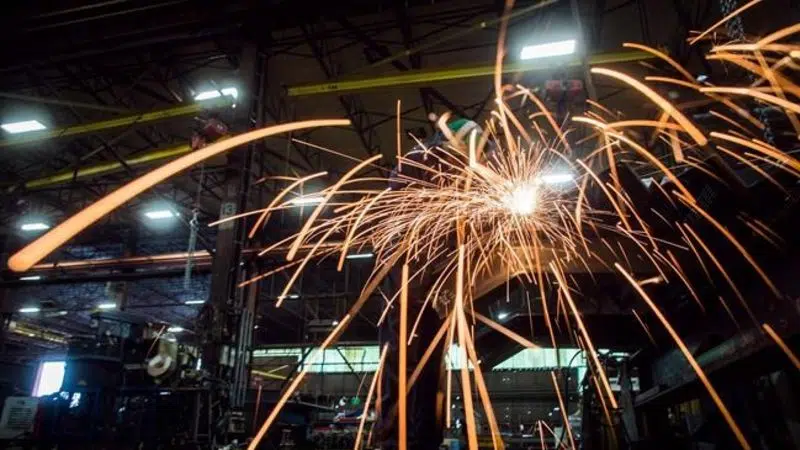
U.S. tariffs on Canada, Mexico need to come off, manufacturers plead
WASHINGTON — American automakers, aluminum producers, manufacturers and farmers are running out of time, money and patience as the North American tariff standoff persists, and they’re pleading with the United States to put an end to it.
Industry emissaries are warning U.S. Trade Representative Robert Lighthizer and Commerce Secretary Wilbur Ross that President Donald Trump’s tariffs on Mexican and Canadian steel and aluminum, as well as their reciprocal countermeasures, are rapidly undermining whatever benefits the U.S.-Mexico-Canada Agreement will produce once it takes effect.
“The damage from the reciprocal trade actions in the steel dispute far outweighs any benefit that may accrue to them from the USMCA,” the group writes in a letter released this week by a coalition of more than 40 different industry associations and lobby groups.


